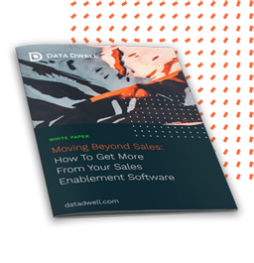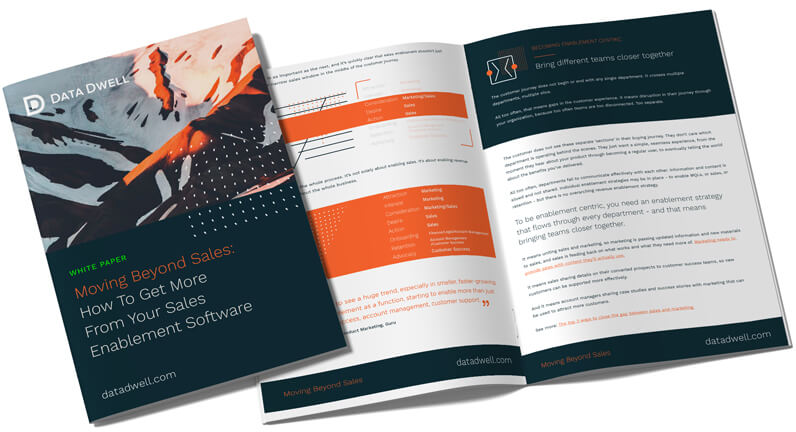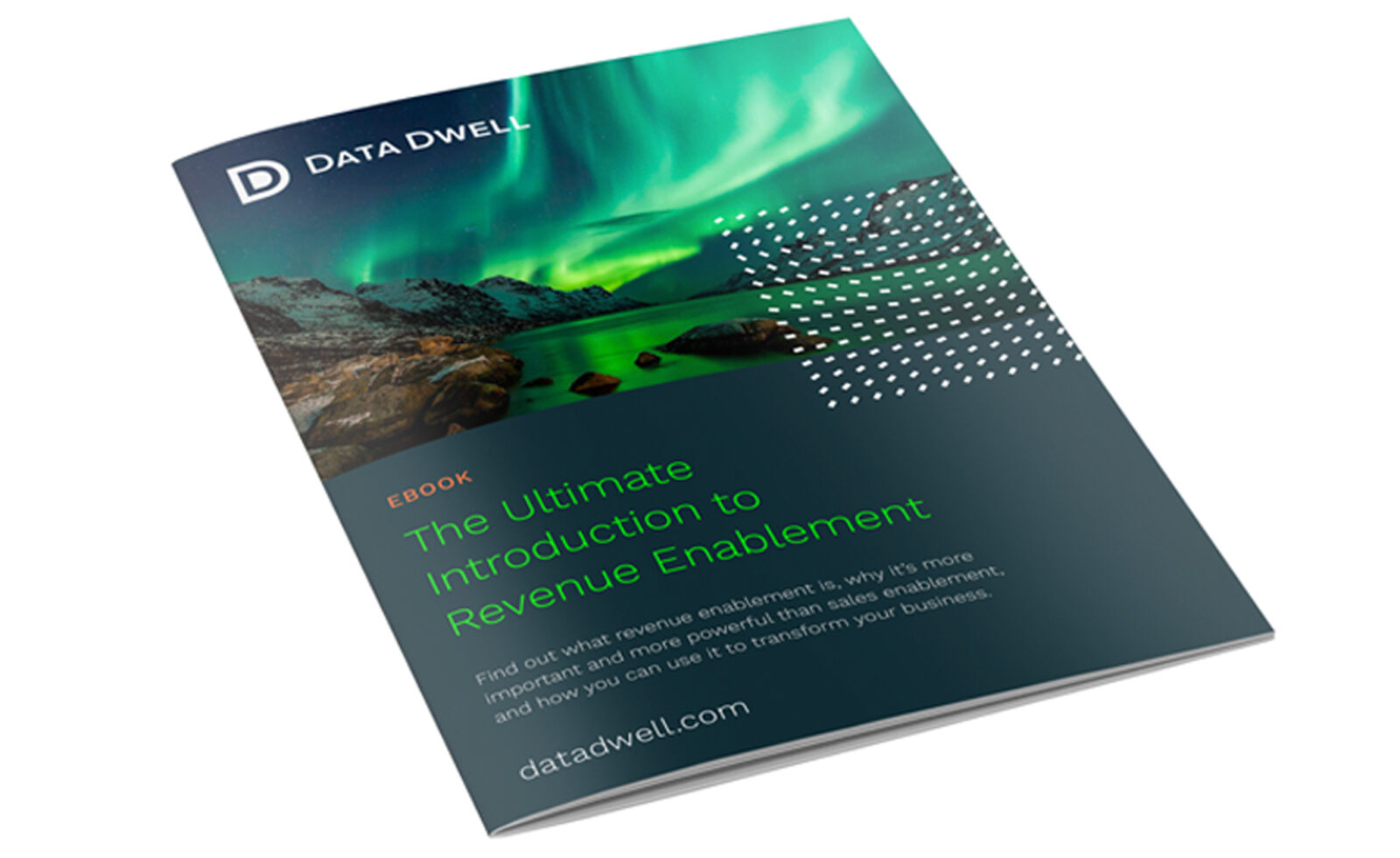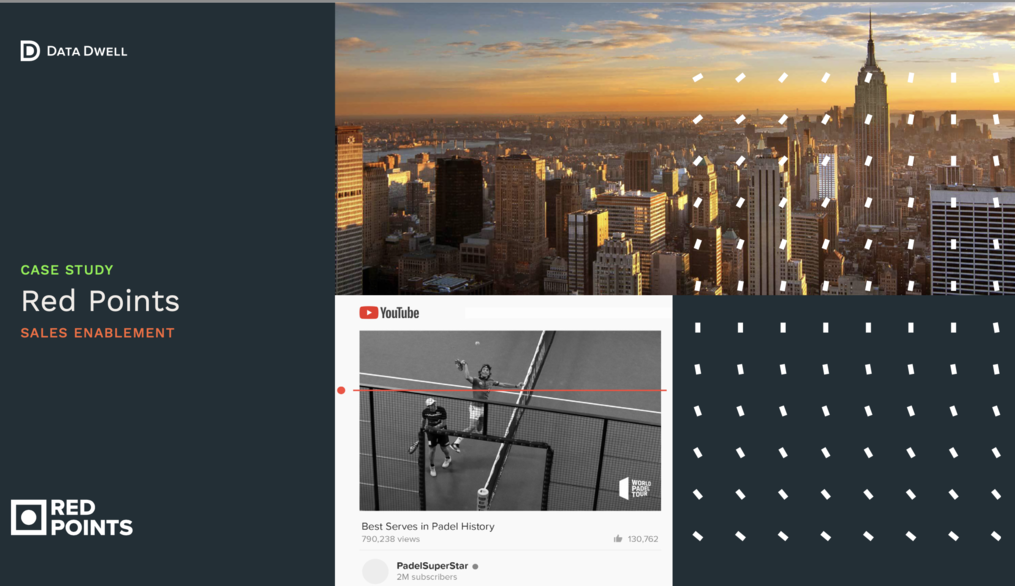![]()
Case studies are one of the most essential, most effective tools in the sales playbook.
They build social proof and demonstrate your expertise. They help you shout about your achievements and successes.
They convince your prospects that they need you, and the services or products you’re offering, to achieve success themselves.
But how do you make sure you have the perfect case study? How do you create a powerful review of your success without boasting or sounding fake?
How do you build a strong case study into your Salesforce pipeline that’s guaranteed to grab your prospects’ attention?
1) Choose the right clients
The first step in creating the perfect case study is to decide which of your customers will be most suitable. That’s not always a case of who got the biggest numbers (although that’s usually a good starting point).
A huge headline figure is great, but it loses its impact if that client was already turning over big numbers or getting good results. The key is choosing a client who’s seen the biggest difference in their numbers. The greatest change or most progression as a result of your product or service.
“Don’t feel like one case study should catch all. Choose different clients for different scenarios so you can really narrow in on a specific problem/solution and the success you helped facilitate.” – Olafur Thorkelsson, CEO at Data Dwell.
Take the time to think about the clients who are most likely to welcome a case study too. A lot of businesses don’t like putting themselves out there. You’ll want to choose the clients who will happily talk to you and share their results.
2) Talk to key stakeholders
Every good case study starts with talking to those involved. Sure, you can create one just with facts and figures, based on your own experiences working with the client. But the most powerful case studies feature powerful quotes from the client.
When you talk directly to stakeholders, you’ll get insight and feedback you might not have thought of. You can poke and probe, asking more focused questions to get deeper answers about how your product or service helped.
Answers that will inform how your case study is structured and provide highly effective pull quotes to use in your marketing.
3) Focus on your structure
Arguably the most important element to any successful case study is its structure.
You need to tell a story.
All the best case studies follow a tried and tested structure of problem and solution, cause and effect. You want to paint the picture that your client was stuck, and without your solution they would have really struggled.
But you knew how to help, and you presented the most effective ways to navigate the problem and achieve success.
Then you lay out the evidence with your results.
● Problem
● Solution
● Results
This structure helps you naturally break up your case study content.
“By structuring your case study into separate sections, separate pages, you can use Sales Enablement Software like Data Dwell to see what pages your prospects are viewing – and jump on the opportunity to get in touch.” – Olafur Thorkelsson, CEO at Data Dwell.
4) Make it visual
As with any piece of content, your case study should be as visual as possible.
Your prospects don’t want to read pages and pages of copy; they’re far more likely to just skim over the key points.
We have an idea of the structure above, now it’s just a case of pulling out headlines and key points in a nice visual design.
If you can get images of your client using your product or service and incorporate those into your case study – even better. Before and after images – if possible – are incredibly powerful.
If not, consider adding screenshots of analytics or results to further break up the text and provide a natural point of focus for any prospect who’s quickly flicking through your case study.
5) Balance intrigue and adversity with cold hard facts
One of the biggest challenges with case study creation is making that compelling argument. One that grabs your prospects’ attention without over-playing the facts. One that’s engaging without being sensational.
Every case study needs to be intriguing, and it needs to have an element of adversity. It needs to clearly show there was a challenge, a big hurdle that needed to be overcome.
There needs to be a touch of jeopardy to showcase your product or service as the hero.
But, you can’t get carried away, otherwise your case study is in danger of becoming a heroic, fictional tale rather than a solid example of real success.
The key here is good copywriting that builds in that natural story but remains grounded with the cold hard facts of the scenario. Real issues, real results, real figures.
6) Position and use your case studies
More often than not, the perfect case study isn’t actually about the creation. It’s about how you use it. How you position it.
“It’s all very well having a great case study in your sales playbook, but if you don’t position it at the right points in the sales funnel, and don’t make sure your sales rep are sharing it with prospects, then it’s useless.” – Olafur Thorkelsson, CEO at Data Dwell.
Having that finished case study is only the first step. You need to make sure it’s positioned effectively into your Salesforce processes, so that your sales reps can use it.
Make sure it’s easy to find. Make sure it’s simple to share. Make sure your sales reps know which case studies to use for different types of prospects, in different industries.
Ideally, you want your case studies to be aligned to specific stages of the sales funnel so your reps don’t even need to think about it. They just send directly from Salesforce whenever the opportunity arises.
Sales Enablement Software like Data Dwell can help you do just that.




